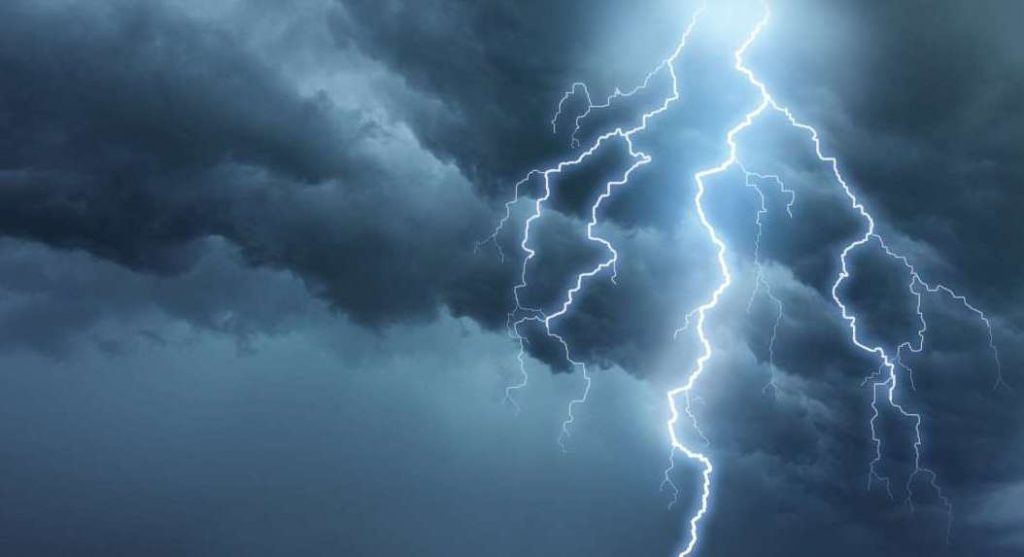Lightning strike has always been a major source of concern for the state government and denizens of Odisha alike. To put more light into the lighting situation in the state, it should be noted that the state received as many as nine lakh strikes this year between April 1 and July 31, India Meteorological Department (IMD) data shows.
IMD’s Climate Resilient Observing Systems Promotion Council (CROSPC) suggests that in mid-monsoon 2019 lighting strikes, Odisha was followed by Maharashtra with 6.26 lakh strikes and Karnataka with 6.21 lakh. However, only 129 lives were lost in the said duration in Odisha. To put things into perspective, Uttar Pradesh recorded 224 deaths for the same duration while receiving only one-third of the total strikes that hit Odisha.
Lightning strikes killed 2,297 persons in the state during 2007 – 2014 and 3,236 people between 2002 and 2015, two different studies show. These are figures that are much higher than the deaths caused by other natural calamities in the state.
That said, even as lightning continues to be the top killer in the state, the state government claims to have been able to reduce the number of deaths by more than 31 per cent by effectively using early warning communication system.
A point in case, while 401 lightning deaths were reported each in 2015-16 and 2016-17, the number of deaths went up to 465 in 2017-18. However, the figure has come down to 320 in 2018-19.
Statistics indicate that about 85 pc of total lightning deaths occur from May to September. The number of deaths declined as State Emergency Operation Centre and Odisha State Disaster Management Authority (OSDMA) took a number of steps in this regard.
While six lightning sensors have been installed at strategic locations in the state and are providing information on a regular basis to OSDMA about probable lightning incidents, an application SATARK (System for Accessing, Tracking and Alerting disaster Risk information based on dynamic risk Knowledge) has been developed for citizens to get early alerts about lightning.
The sensors are providing information at least 30 minutes in advance along with the map briefly showing the area where the lightning is likely to strike.
The information with map received from sensors is quickly processed on GIS platform in OSDMA and sent as SMS alerts to people through Location-based Alert System (LBAS).
The SMS alerts are sent through LBAS to people who are likely to be affected by lightning strike. The entire operations from receipt of information till dispatch of SMSs are completed in around three minutes.
Special Relief Commissioner Bishnupada Sethi said special campaigns were organised at school and community levels to raise awareness among people about the lightning hazard and safety measures for saving lives.
“People should remain careful and pay due attention to the alert messages sent to them and sincerely take necessary precautions to avoid any mishap from lightning,” he added.
